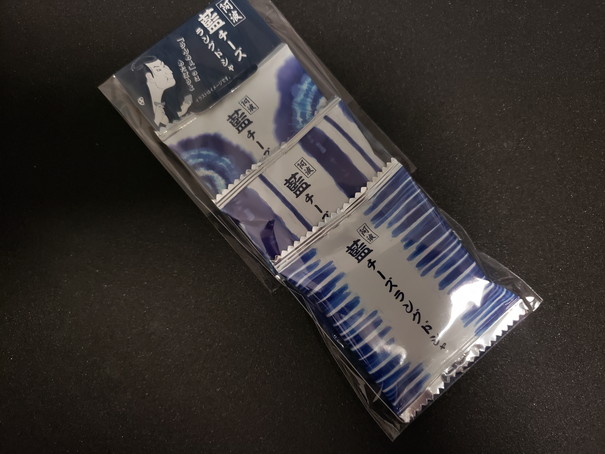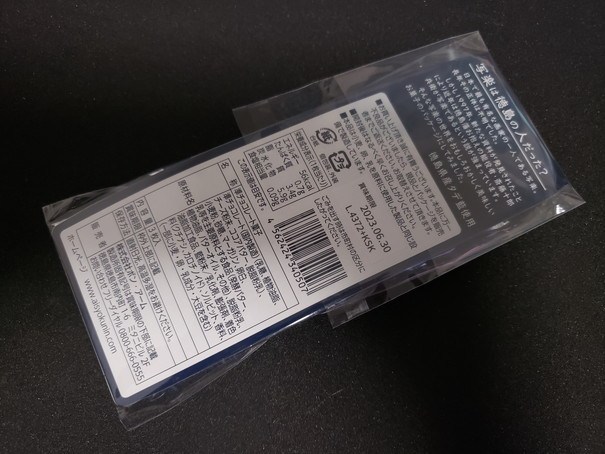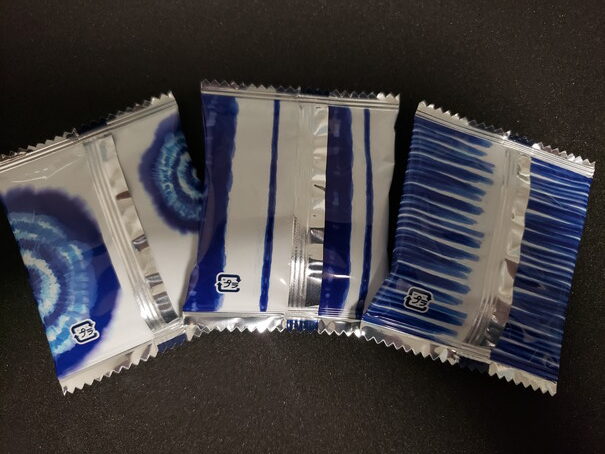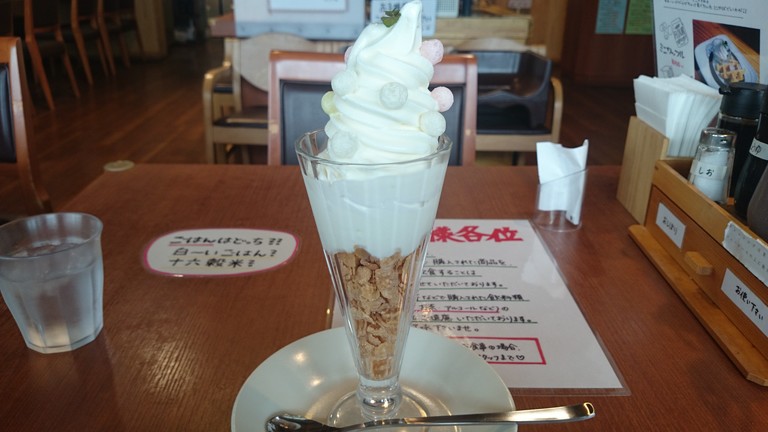I also noticed that Tokushima Prefecture is appealing to the public with a hilarious theory.
With that out of the way, let us begin by introducing a confectionary that may become a major souvenir of Tokushima Prefecture in the future.
Bon-Arm Co. in Nannai-machi, Tokushima City, sells a confection called Ai Cheese Langdosha. As the name suggests, indigo (tade indigo) is used in this confectionery.
(By the way, tade indigo is a plant used for indigo dyeing. (Am I right?).
I would like to introduce you to a confectionary that incorporates something very Tokushima-like.
Let me tell you what kind of confectionery it is.

Isn't the packaging of a very cool design or color?
What is langue d'ocha, by the way?
Langue d'Ocha is a French word meaning "cat's tongue," with a rough and crispy texture that appeared somewhere between the 17th and 20th centuries. The origin of the name "langue d'ocha" is that the French langue d'ocha is gourd-shaped, and the rough texture of the langue d'ocha makes it look like a cat's tongue, right? The roughness of the tongue is also said to be part of the reason for the name.
In Japan, the langue d'ocha may remind you of the crunchy outer part of Shiroi Koibito, a specialty of Hokkaido, Japan. In fact, this Ai Cheese Langdosha is stylistically similar to Shiroi Koibito.

There is a rather disturbing statement on the reverse side, but let's ignore it for the moment and continue the story.


I have a vague idea of what it might look like, but I think it would be a great souvenir to bring to friends in other countries. Some might say that it is too much of a target, but in my opinion, if you don't aim for it, you won't get it, so I think it would be good to have a design or concept that is as much of a target as this.
Opening the package. And then, actual eating.

I tore open one of the bags and took it out to see what was inside.
A glimpse of a pottery-like texture, reminiscent of Oya-yaki, appeared on the plate. I don't think this is the right word to use for food, but the color is somewhat ceramic-like. The slightly burnt edges of the four sides looked similar to the texture of an Oya-yaki tea bowl.
I smelled it before eating it.
As anyone who has experienced indigo dyeing will know, the fermented indigo dye juice has a very distinctive aroma. I suspected that this one might have that aroma, too. I suspected, and checked the smell.

